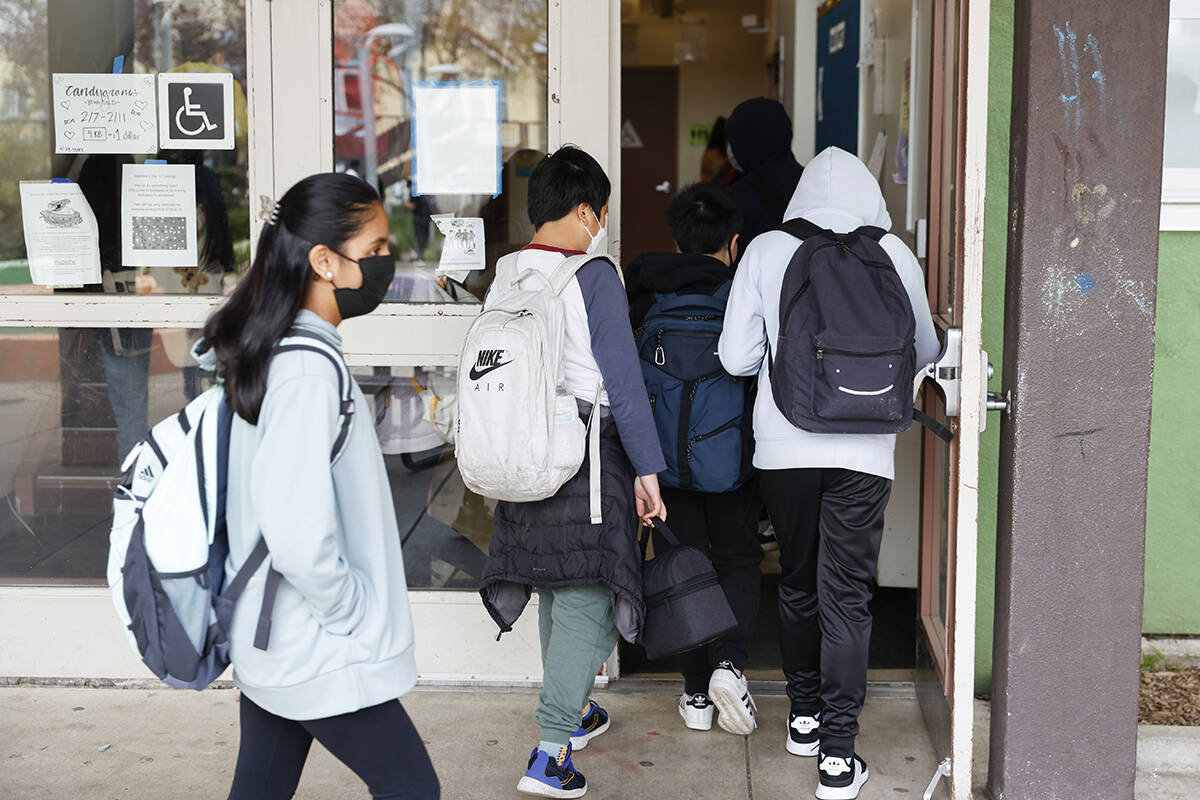
“Schools across San Francisco embody elements of community schools, which aim to assess students’ needs and bring in outside services ranging from dental care to Medi-Cal assistance to arts and music programming while building deeper connections to students and families. The strategy has been around for many years and builds off of ideas behind the federally funded 21st Century Learning Centers. In San Francisco, other programs such as the anti-poverty education initiative Mission Promise and the extended learning-focused Beacon Initiative share similar goals.
‘As a teacher, it’s really easy for me to identify needs. Maybe I know a family that doesn’t have enough food right now or is struggling with homelessness. Or a kid needs glasses. But it is not always my area of expertise to connect them with services,’ Founds said. “In becoming a community school, all of a sudden we have resources coming into the school and more connections.”
While project-based pedagogy has been growing popular around the state and country, the idea is often hindered if students lack the resources necessary for learning and basic needs at home. To change that at MLK, where more than 70% of students are low-income and nearly a third are English learners, the school began employing what’s called a community school strategy in the 2015-16 school year.”
Read the full story here.